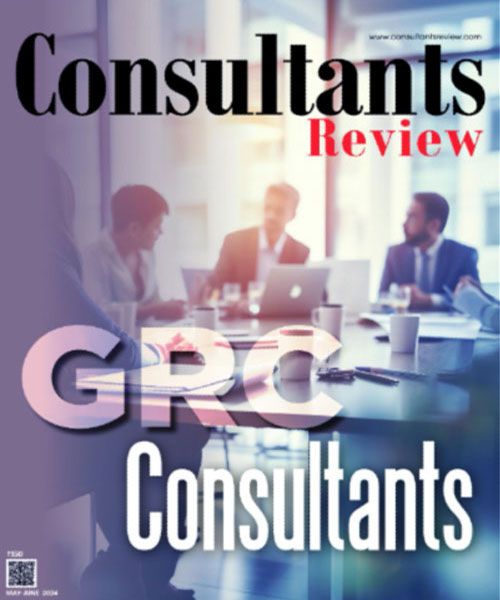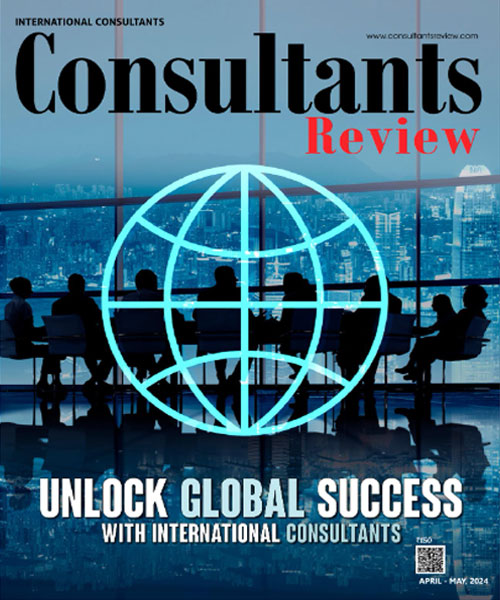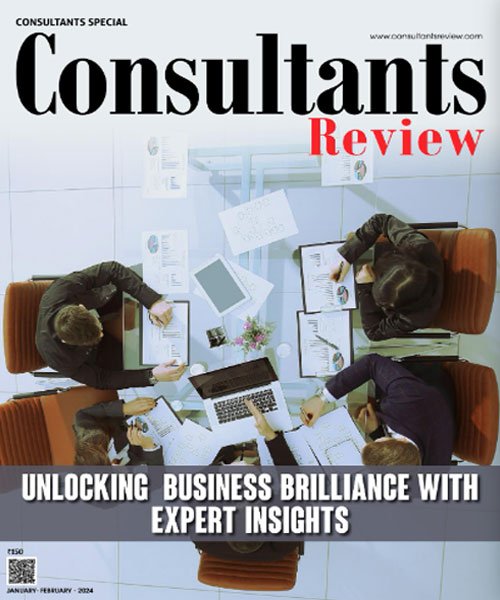Recent Trends in Project Management to Leverage Superior New Products Performance
By John Robert, Associate VP,
Sun Pharma

John Robert, Associate VP, Sun Pharma
Rising Challenges Industry
Be it a brick and mortar industry or hi-tech industry or research driven industry such as pharmaceuticals, projects become an inherent part of the growth strategy. While more and more products becoming commodities due to technology obsolesce and shorter life cycle of products, companies bank upon margin rich new products to drive the bottom-line. These programs are essentially driven by project management in organizations. The need for inculcating project management best practices is ever increasing and it is very relevant to today’s industry scenario. While there are multiple models and methodologies, all are aiming at managing the triple constraints – time, cost and scope of the project.
In a related study it is evidenced that increased attention to project cost and focus on speed of development brings products at least by 18 months ahead of its normal launch dates and with lesser cost. Project management provides a systematic approach to focus on cost, increase speed and enhance probability of success of new products.
Prima facie, project management helps companies to inculcate consistent processes for development of new products. The foundation block of project management is schedules and management of triple constraints. Like other management disciplines project management is also evolving with a quite a lot of new methodologies and techniques to improve efficiency of projects. Some of them which are particularly relevant for new product development are outlined here.
Streamlined Consistent Process through Sage Gates
Stage gates methodology gains popularity as it gives structured way of carrying out a project and provides checks and balances at regular interval. This also helps in ensuring the robustness of the project progress. There are advanced stage gate methodologies which can be deployed by organizations which help in a systematic way of taking decisions. Stage gates provide end to end visibility for top brass and cross-functional work streams across R&D projects. While it optimize resources, cost and assets across multiple R&D programs, also helps in better management of lengthy project life cycle by converting into multiple mini projects. Stage gate reviews enable early identification and pruning of the potential failures form the portfolio to avoid further expending the resources which might be used for profitable projects.
Critical Chain Project Management Methodology proves to reduce project duration to an extent of 25-40 percent and enable more products development through limited resources. While high level of uncertainty and low probability of success of the activities impose challenges in traditional scheduling models, CCPM through its buffer management provides adequate safety at project level and result in delivery of project on time to a customer.
CCPM fosters development process through management of the following
- Parkinson’s Law: Work expands to fill the available time
- Student Syndrome: People start to work active only when deadline is approaching
- Murphy's Law: What can go wrong will go wrong
- Bad Multi Tasking: Bad multitasking can delay start of the successor tasks
- Full Kitting to ensure highly certain projects to go through the constrained resources
While many of the breakthrough research have no direct correlation between cause and effect, the product development often need to be carried out through iterative process and CCPM supports managing this.
Accelerating Development by Harnessing Technology Platform
Organizations are actively hunting for enabling enterprises tools that provide visibility and improve collaboration between work streams. It is true that technology reduces time required to maintain project, provide transparency, helps integrating vast amount of data and optimize information for agile and nimble decision making. When it comes to tools for project management, it is broadly applied at two levels, first one being basic Project scheduling and secondly more advanced enterprise version for collaboration of project environment. The basis scheduling tools automates the schedule and provides visibility to the critical path in the schedule. The enterprises version is more advanced, which is used for collaboration of the project stakeholders. The updates of the project are often done by the resources which are executing projects. There are advance risks tools for effective management and share points, bulletin boards to enhance communication between shareholders. Project controls including earned value management, cost accounting can be done through project management software’s.
However, the question is what is needed for the successfull delivering of projects? Companies sometimes chose an advanced tool believing that it will attenuate the project problems. But ironically it would have mounted the problems more than solving. This is because, tools don’t solve the problem, it is people who solve. Overdoing on tools sometimes boomerangs into the very core of the projects. There are companies which does project scheduling in spreadsheets. Though this is a high maintenance tool, I also realize several companies get into the advanced methodologies and later realize that the spreadsheet is a better tool than advanced tools. Hence selection of the technology and tool is to be based on the necessity of the company, one rule which can be used is to see how much of time spent in collection of data and how much of time on analysis of data. As long as the tools automate collection of data, the decision making will be faster and companies can benefit from it.
There are multiple other trends emerging such as use of cloud for better coordination between global groups, alternate PM methods like Agile, getting social and handling big data. It is evident that project management helps organizations to have a fast and nimble new product development process.








